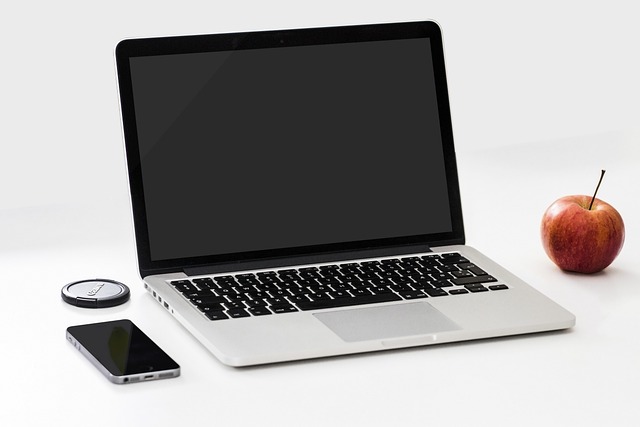How to Fix a Frozen or Unresponsive Computer

A frozen or unresponsive computer can be frustrating, especially when you’re in the middle of an important task. Whether it’s caused by software glitches, hardware issues, or overheating, there are several steps you can take to troubleshoot and resolve the problem. In this guide, we’ll walk you through the most effective methods to fix a frozen or unresponsive computer.
Common Causes of a Frozen Computer
Before diving into solutions, it’s helpful to understand what might cause your computer to freeze:
- Overheating: Excessive heat can damage internal components and cause system instability.
- Software Glitches: Corrupted files, outdated drivers, or incompatible applications can lead to freezing.
- Malware or Viruses: Malicious programs can slow down or crash your system.
- Hardware Issues: Faulty RAM, hard drives, or other components may cause freezing.
- Insufficient Resources: Running too many programs simultaneously can overload your CPU or RAM.
- Power Supply Problems: An unstable power source can disrupt your computer’s performance.
Step-by-Step Guide to Fix a Frozen Computer
1. Wait for a Moment
Sometimes, a frozen computer is just temporarily overloaded. Give it a minute or two to catch up before taking further action. If the issue persists, move on to the next step.
2. Use Keyboard Shortcuts
If your mouse isn’t working but the keyboard still responds, try these shortcuts:
- Windows: Press
Ctrl + Shift + Escto open Task Manager and close unresponsive programs. - Mac: Press
Command + Option + Escapeto bring up the “Force Quit Applications” window. - Linux: Press
Ctrl + Alt + Deleteto access system recovery options.
3. Force Quit Unresponsive Applications
If specific programs are causing the freeze, force quit them using the following methods:
- Windows: Open Task Manager (
Ctrl + Shift + Esc) and end the problematic process. - Mac: Use the “Force Quit Applications” window (
Command + Option + Escape) to stop the app. - Linux: Use the terminal command
kill [PID]to terminate processes manually.
4. Restart Your Computer
If the above steps don’t work, restart your computer. This will clear temporary files and reset the system.
- Windows: Hold down the power button for 5–10 seconds until the computer shuts off, then turn it back on.
- Mac: Press and hold the power button until the screen goes black, then press it again to restart.
- Linux: Use the terminal command
sudo rebootif possible; otherwise, use the power button.
5. Check for Overheating
Overheating is a common culprit behind freezing. To address this:
- Ensure proper ventilation around your computer.
- Clean dust from fans and vents using compressed air.
- Consider using a cooling pad (for laptops) or upgrading your cooling system (for desktops).
- Monitor temperatures using tools like HWMonitor (Windows) or iStat Menus (Mac).
6. Boot into Safe Mode
Safe Mode loads only essential drivers and services, helping you diagnose and fix issues without interference from third-party software.
- Windows: Restart the computer and repeatedly press
F8during startup to access Safe Mode. - Mac: Restart while holding
Shiftto enter Safe Mode. - Once in Safe Mode, uninstall recently installed software or drivers that may be causing problems.
7. Update Drivers and Software
Outdated or corrupted drivers can cause freezes. To update them:
- Windows: Go to Device Manager , right-click on each device, and select “Update Driver.”
- Mac: Use the Software Update feature in System Preferences .
- For both systems, ensure your operating system is up to date with the latest patches.
8. Run a Virus Scan
Malware infections can severely impact performance. Use trusted antivirus software to scan your system:
- Popular options include Norton , Bitdefender , and Malwarebytes .
- Remove any detected threats and restart your computer afterward.
9. Check for Hardware Issues
Faulty hardware can also lead to freezing. Perform the following checks:
- Test your RAM using tools like MemTest86 .
- Inspect your hard drive for errors using built-in utilities like chkdsk (Windows) or Disk Utility (Mac).
- Ensure all cables and connections are secure (especially for desktops).
10. Reset or Reinstall the Operating System
As a last resort, resetting or reinstalling your OS can resolve persistent freezing issues:
- Windows: Use the Reset This PC option under Settings > Recovery .
- Mac: Reinstall macOS via macOS Recovery mode.
- Back up your data before proceeding, as this process may erase everything on your drive.
Preventive Measures to Avoid Future Freezes
To minimize the risk of future freezes, follow these tips:
- Keep Your System Updated: Regularly install updates for your OS, drivers, and applications.
- Avoid Overloading Resources: Close unnecessary programs and browser tabs.
- Use Reliable Antivirus Software: Protect your system from malware and viruses.
- Maintain Proper Cooling: Keep your computer clean and well-ventilated.
- Backup Your Data: Use cloud storage or external drives to safeguard important files.
- Uninstall Unused Programs: Reduce clutter and free up system resources.
- Invest in Quality Hardware: Upgrade components like RAM or SSDs for better performance.
When to Seek Professional Help
If none of the above solutions work, or if you suspect a serious hardware issue, it’s time to consult a professional technician. Signs that indicate professional intervention is needed include:
- Frequent crashes despite troubleshooting efforts.
- Strange noises coming from the computer (e.g., grinding or clicking sounds).
- Visible physical damage to components.
- Persistent overheating even after cleaning.




